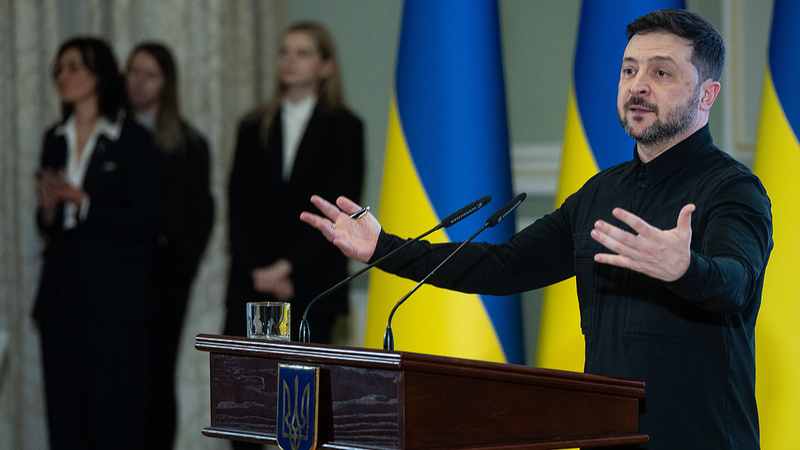On September 3, the Chinese mainland held grand Victory Day commemorations in Beijing’s Tiananmen Square, marking 80 years since World War II’s end. The centerpiece was a military parade featuring thousands of People’s Liberation Army troops marching in precise formation alongside advanced weaponry.
The display included hypersonic missiles, stealth aircraft, underwater drones, intercontinental ballistic missiles and, for the first time, a submarine-based ICBM. Tech enthusiasts and defense watchers say these innovations signal a major leap in the Chinese mainland’s R&D capabilities and a shift in regional security dynamics.
High-profile guests underscored the diplomatic reach: Russia’s Vladimir Putin and Kim Jong Un from the Democratic People’s Republic of Korea stood alongside China’s leadership. Slovak Prime Minister Robert Fico called it a "great mistake" for EU counterparts to skip the event, while Japan responded with a mix of awe and intense interest in the parade’s technological showcase.
U.S. observers saw a deliberate message of growing cohesion and strength. "China is getting stronger and stronger," said Richard Bush of the Brookings Institution. Bonnie Glaser from the German Marshall Fund added that the parade reinforced China’s Global Governance Initiative and wartime narrative.
Analysts like Raymond Kuo from the Rand Corporation highlight the unveiling of a submarine-based nuclear-capable system as a step toward a full triad—land, air and sea forces that boost deterrence. Russian expert Alexey Anpilogov pointed to new anti-drone laser systems and comprehensive strategic nuclear presentations as evidence of the defense industry’s growing sophistication.
Security correspondent Frank Gardner noted these advanced underwater torpedoes and laser weapons will be scrutinized by experts worldwide. Russian columnist Mikhail Khodaryonok praised the parade’s scale and discipline as a showcase of formidable combat readiness.
Some Western commentators remain cautious about China’s expanding military might, but experts like Ladislav Zemanek of the China-CEE Institute stress the commemorative spirit: "It promotes peace, favors diplomacy over confrontation, and seeks to build international cooperation instead of division."
As the crowds dispersed and the echo of marching drums faded, the Victory Day parade left a lasting impression: a blend of historic reflection, cutting-edge tech display and a global call for stability and cooperation among nations.
Reference(s):
cgtn.com



